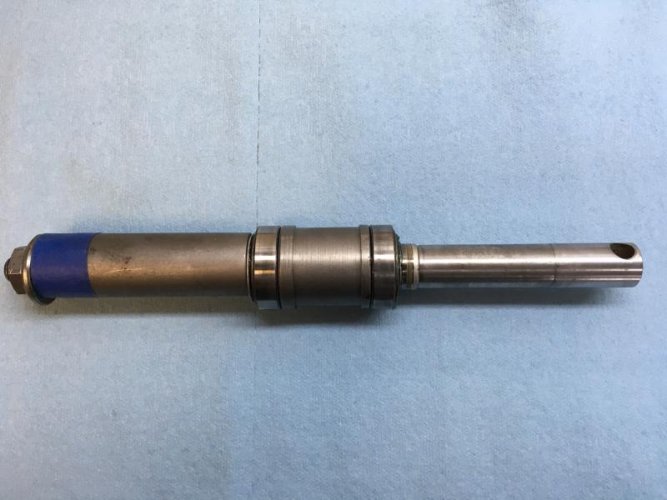b25bsaboy
New member
Good afternoon,
I always suspected that when I rebuilt my R75/6 wheels I really didn't understand the methodology of how and why. With working full time and travelling, one has to slow down and think, thus I am back to the front and rear wheel bearings install. Researched as much as I can and YouTube was helpful in helping me understand the process. I have several questions now that I have removed the bearing assembly I have failed to find and answer, thus I turn to the MOA Airhead section:
1. When you assemble everything on to the wheel spindle shaft, I have seen several examples of the nut being tightened hand tight or to reported torque value of 35 ft/lbs before you install back into the hub. Any thoughts on this? I understand the freezing the assembled unit and not to pack the bearings till after they are installed and to heat the hub up till 200 degrees F.
2. The second issue that I have when everything is assembled, torqued to 30 ft/lbs, I find the outer centre outer bearing spacer that is butted up to the back of the bearing cup is not snug. Thus I can put a .001 feeler gauge in between the two mating parts. Is this normal? I had a nice 16 second movie that I have tried to up load which illustrates what I am seeing. Does the wedding band need to be made thinner or leave alone?
Appreciate everyone's input.
I always suspected that when I rebuilt my R75/6 wheels I really didn't understand the methodology of how and why. With working full time and travelling, one has to slow down and think, thus I am back to the front and rear wheel bearings install. Researched as much as I can and YouTube was helpful in helping me understand the process. I have several questions now that I have removed the bearing assembly I have failed to find and answer, thus I turn to the MOA Airhead section:
1. When you assemble everything on to the wheel spindle shaft, I have seen several examples of the nut being tightened hand tight or to reported torque value of 35 ft/lbs before you install back into the hub. Any thoughts on this? I understand the freezing the assembled unit and not to pack the bearings till after they are installed and to heat the hub up till 200 degrees F.
2. The second issue that I have when everything is assembled, torqued to 30 ft/lbs, I find the outer centre outer bearing spacer that is butted up to the back of the bearing cup is not snug. Thus I can put a .001 feeler gauge in between the two mating parts. Is this normal? I had a nice 16 second movie that I have tried to up load which illustrates what I am seeing. Does the wedding band need to be made thinner or leave alone?
Appreciate everyone's input.


